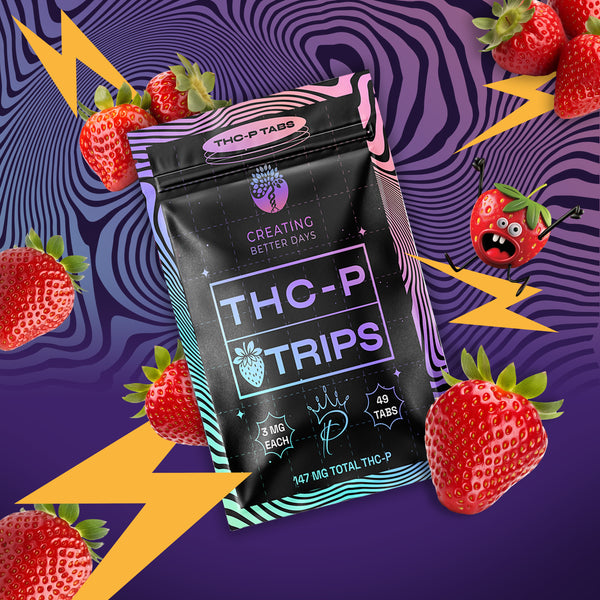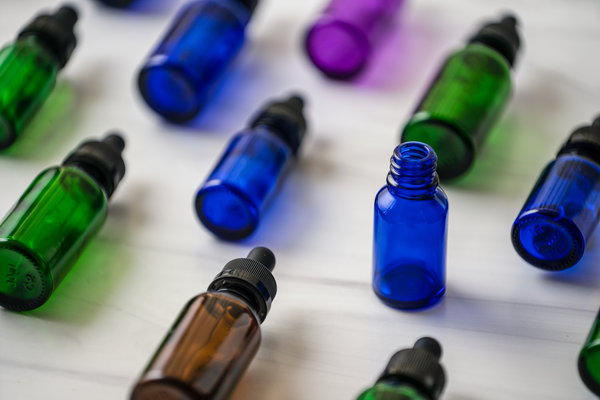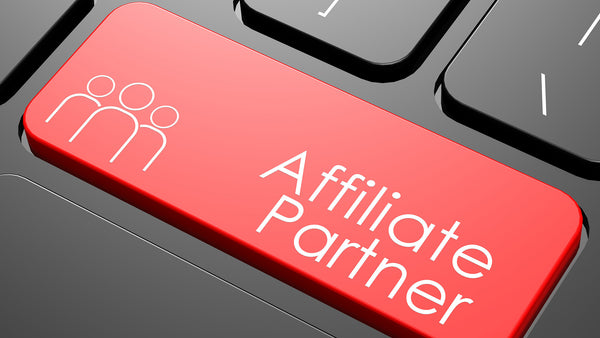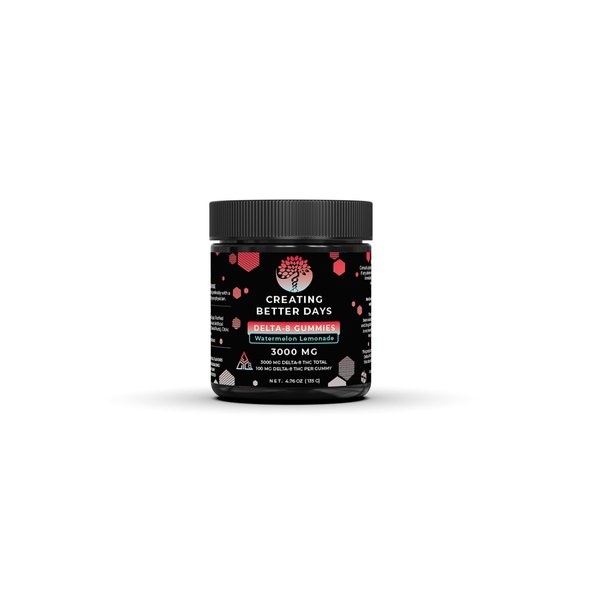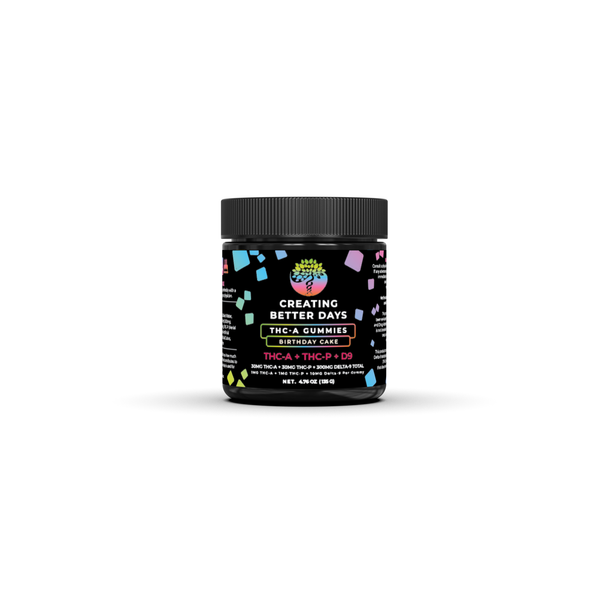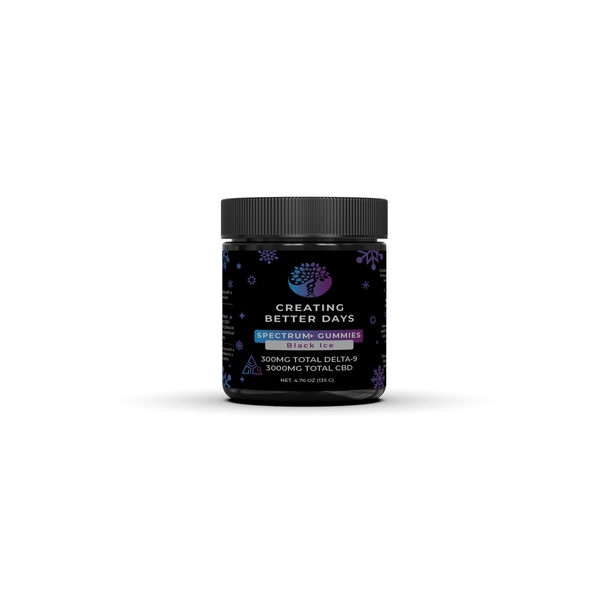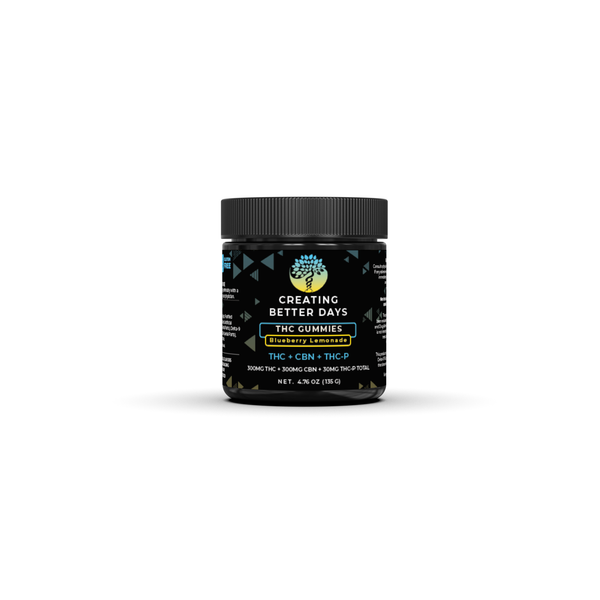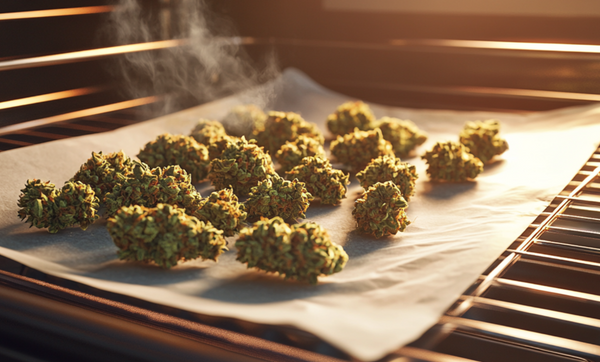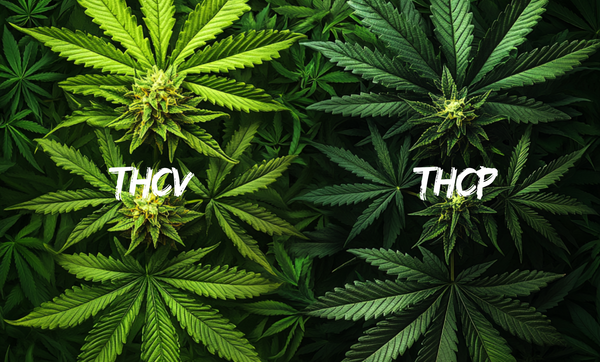
How Does CBD Work?
There are a lot of CBD products in shops these days, and you might be wondering “how does CBD work?” You may even be curious about where CBD comes from and how it affects users. Fortunately, you can find the answers to these questions here on creatingbettersolutions.com! Our goal is to help you understand more about CBD so that you can be an informed shopper the next time you think about picking up a product of your own.
How CBD is Made
Cannabidiol – or CBD – is an active compound of cannabis. In fact, it is one of the most common compounds produced by the plant, second only to tetrahydrocannabinol – or THC. However, unlike its better known cousin which gets extracted from the marijuana variant of the cannabis plant, CBD is often extracted from the hemp variant. This is because hemp naturally has a lower ratio of THC to CBD, making it the preferred option for CBD manufacturers.
So, how does CBD get extracted from the plant? Well, there are many methods, but almost all of them follow a standard multi-step CBD extraction process which deliberately removes other compounds to ensure that CBD is the only one that remains. The process usually begins with winterization to remove anything that is not desired, such as lipids or wax. Next, the extract is distilled via a short-path method to separate components further for purity. The final result is an isolated extract that can then be used as an ingredient in CBD lotions, sublingual oils, edibles and more.
How CBD Works
Did you know that you have receptors for CBD? Your body already comes equipped with a neuromodulatory network called the endocannabinoid system, or ECS for short. The ECS plays a big part in honing many physiological and cognitive processes, but it also contains cannabinoid receptors. In other words, your body already has the tools it needs to process CBD.
However, before CBD can bind to your cannabinoid receptors, first it must be broken down by other parts of your body. This is referred to as the first-pass effect. For instance, when CBD is consumed orally, it can take up to two hours to take effect because it must be broken down by the digestive tract and the liver first. Similarly, when CBD is applied topically, it can take up to three hours to feel the effects because the CBD must first pass through the epidermis layer before reaching its way to the cannabinoid receptors.
How CBD Affects You
Cannabinoid receptors are widely thought to be an important regulator for things like appetite, mood, memory, and pain. When CBD attaches to cannabinoid receptors, it may influence these behaviors, which is why it’s been linked to reducing pain and improving mood. In addition, how CBD is administered has an impact on its effects. These methods include inhalation, oral sublingual drops, oromucosal spray, topical salves, or edible products.
The three aspects of CBD intake are absorption, distribution, and metabolism. Absorption refers to how CBD products are absorbed into the body via the lungs, skin or digestive system. Distribution explains how much CBD is distributed throughout the body. Metabolism examines how CBD breaks down during the digestion process. It’s through these means that CBD effects can be felt.
How to Choose CBD Products
When choosing CBD products, it’s important to consider dosage. CBD amounts are measured in milligrams. Most products range from 5mgs to 100mgs per dosage. It’s recommended that first timers start with a low dosage, observe the effects for a few days, and gradually increase the dosage as needed. With consistent use, it will be easier to see how CBD affects you.
Also, consider what types of products work best for you. There are edible products, like gummies. There are also sublingual drops that can be placed under the tongue or added to your favorite chilled beverage. Try a few different types to see what best suits your needs.
Further, we encourage you to find products that have a clear redirect back to lab testing that not only shows the potency of the extract used but its purity as well. Most companies will add a QR code to labels that will send you to a landing page with more detailed information about the product. This transparency ensures customers like you stay safe.
Works Cited
1. Atalay S, Jarocka-Karpowicz I, Skrzydlewska E. Antioxidative and Anti-Inflammatory Properties of Cannabidiol. Antioxidants. 2020; 9(1):21. https://doi.org/10.3390/antiox9010021
2. Huntsman, Richard J.*; Tang-Wai, Richard†; Shackelford, Alan E.‡ Cannabis for Pediatric Epilepsy, Journal of Clinical Neurophysiology: January 2020 – Volume 37 – Issue 1 – p 2-8 doi:10.1097/WNP.0000000000000641 https://journals.lww.com/clinicalneurophys/Abstract/2020/01000/Cannabis_for_Pediatric_Epilepsy.2.aspx
3. Jessica W. Skelley, Crystal M. Deas, Zachary Curren, and Jonathan Ennis. Use of cannabidiol in anxiety and anxiety-related disorders. Journal of the American Pharmacists Association, Volume 60, Issue 1, 2020. Pages 253-261, ISSN 1544 3191. https://doi.org/10.1016/j.japh.2019.11.008.
4. Erin M. Rock, Cheryl L. Limebeer, Roger G. Pertwee, Raphael Mechoulam, and Linda A. Parker. Cannabis and Cannabinoid Research. Aug 2021. 266-274. http://doi.org/10.1089.can.2021.0041
5. Moltke, J., Hindocha, C. Reasons for cannabidiol use: a cross-sectional study of CBD users, focusing on self-perceived stress, anxiety, and sleep problems. J Cannabis Res 3, 5 (2021). https://doi.org/10.1186/s42238-021-00061-5


